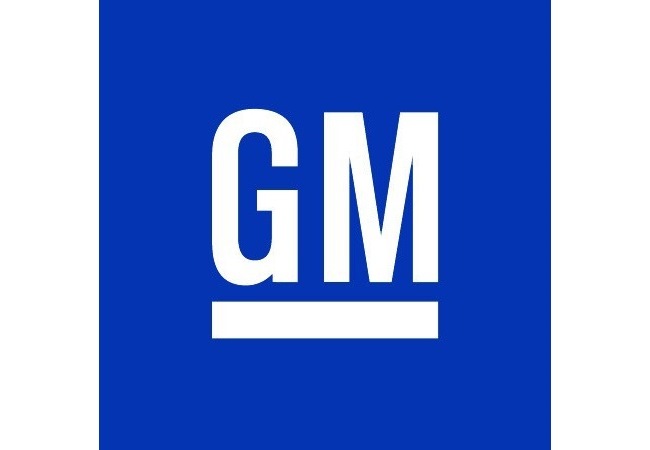Someone is always to blame when there is a big blunder, a huge mistake in business, or in politics or the military. The rule for blame is that, if it happened on your watch, it belongs to you. New CEO Mary Barra may be the General Motors Co. (NYSE: GM) chief who fields what will become years of trouble. But almost all that trouble began and drove through most of its course during the tenure of Rick Wagoner, the CEO that GM sacked, and some people blamed, as the company went bankrupt.
Wagoner was GM’s CEO from June 2000 to March 2009. He was chairman for the last six years of that period. A look at the manufacture dates on most of the 3.1 million vehicles the company has recalled covers model years that run from 2003 to 2010. Some of the models came later than that, but for the most part these must have been designed when Wagoner was chief. In terms of a starting point, GM has indicated the ignition problem at the heart of much of the recall process began with the 2001 Saturn Ion — when engineers first spotted that problem. That was about the time Wagoner took over. The engineers sat on that problem, for some reason.
Wagoner never will be blamed directly, at least legally for GM’s recall problems. He probably did not know about them. Which is part of the debate about what it means to be in charge when things go bad. Those things can happen to a nation’s president, or a general or a corporate leader. Leadership experts argue that the person at the top sets the ethics, sets the bar for performance, in moral terms as well as more mundane ones. Wagoner failed when judged by setting that bar, as least in so far as the behavior of his engineers.
Wagoner always will be remembered for the tens of billions of dollars GM lost when he ran the company. The roots of the problems that created the company’s recalls should be as well. These recalls may not be as crippling as the financial losses, but they may do nearly as much to hurt the big car company.
It’s Your Money, Your Future—Own It (sponsor)
Retirement can be daunting, but it doesn’t need to be.
Imagine having an expert in your corner to help you with your financial goals. Someone to help you determine if you’re ahead, behind, or right on track. With SmartAsset, that’s not just a dream—it’s reality. This free tool connects you with pre-screened financial advisors who work in your best interests. It’s quick, it’s easy, so take the leap today and start planning smarter!
Don’t waste another minute; get started right here and help your retirement dreams become a retirement reality.
Thank you for reading! Have some feedback for us?
Contact the 24/7 Wall St. editorial team.





